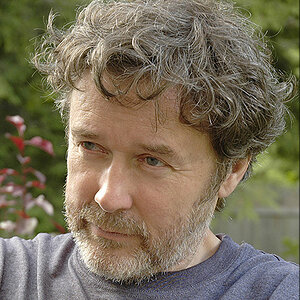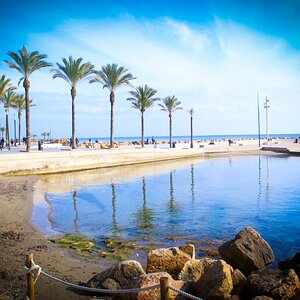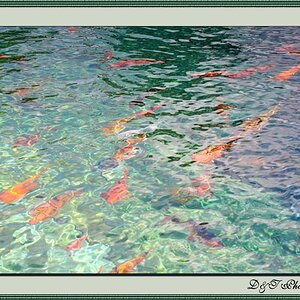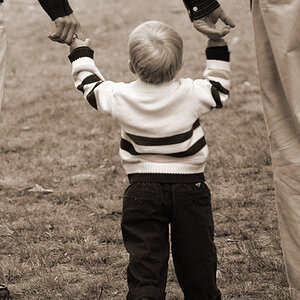Alpha
Troll Extraordinaire
- Joined
- Mar 15, 2005
- Messages
- 5,451
- Reaction score
- 41
- Location
- San Francisco
- Can others edit my Photos
- Photos NOT OK to edit
"Why not just buy a monobloc, you ask? Well, for one thing, it is easy to gang up small flashes. But it is a little more difficult to hack a monobloc into key, fill and background lights. Different folks, different workflows."
This came from a Strobist article (Strobist: Lastolite Triflash Sync: Triple Threat) about an upcoming product that allows you to mount three flashes to it and trigger them simultaneously.
I am willing to admit that the so-called "strobist" setups can be appropriate for some types of shoots, and can produce fine results. However, the above quote is a lot of crap.
Why not just buy a monobloc, you ask? Well, for one thing, it's easy to gang up small flashes. OK. And that answers the question how? Why buy a cooking range, you ask? Well, for one thing, it's easy to arrange some individual gas or electric burners from the hardware store on your counter-top.
But it is a little more difficult to hack a monobloc into key, fill and background lights. Ah, I see. So after I've spend $150 on this tri-flash device or spent some measure of time duct-taping or bungie-cording several flashes together in order to make them fire simultaneously, I can dismantle it and use them separately. Great. Perhaps if I were photographing a hamster could I use three SB-28's or 285's as key, fill, and background. Really? What background area are you sufficiently lighting with a single speedlight? And yes, it is true that you cannot hack a monobloc into three separate lights. That's what pack setups are for (and do this with much more finesse, I might add).
Is anything possible with enough money, time, ingenuity, and duct-tape? Probably. Do the "strobist" setups have their place? Sure. But the idea that they are an appropriate substitute for a monobloc or pack & head is disingenuous at best. Why not simply describe the genuine advantages and appropriate uses for these setups, you ask? I don't know.
This came from a Strobist article (Strobist: Lastolite Triflash Sync: Triple Threat) about an upcoming product that allows you to mount three flashes to it and trigger them simultaneously.
I am willing to admit that the so-called "strobist" setups can be appropriate for some types of shoots, and can produce fine results. However, the above quote is a lot of crap.
Why not just buy a monobloc, you ask? Well, for one thing, it's easy to gang up small flashes. OK. And that answers the question how? Why buy a cooking range, you ask? Well, for one thing, it's easy to arrange some individual gas or electric burners from the hardware store on your counter-top.
But it is a little more difficult to hack a monobloc into key, fill and background lights. Ah, I see. So after I've spend $150 on this tri-flash device or spent some measure of time duct-taping or bungie-cording several flashes together in order to make them fire simultaneously, I can dismantle it and use them separately. Great. Perhaps if I were photographing a hamster could I use three SB-28's or 285's as key, fill, and background. Really? What background area are you sufficiently lighting with a single speedlight? And yes, it is true that you cannot hack a monobloc into three separate lights. That's what pack setups are for (and do this with much more finesse, I might add).
Is anything possible with enough money, time, ingenuity, and duct-tape? Probably. Do the "strobist" setups have their place? Sure. But the idea that they are an appropriate substitute for a monobloc or pack & head is disingenuous at best. Why not simply describe the genuine advantages and appropriate uses for these setups, you ask? I don't know.
Last edited:


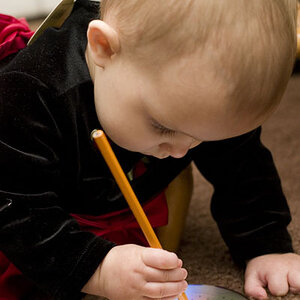

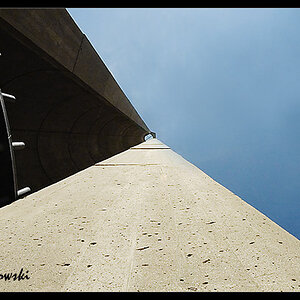

![[No title]](/data/xfmg/thumbnail/30/30890-45d8875af0c79f0f727d7d55132972b0.jpg?1619734501)
![[No title]](/data/xfmg/thumbnail/32/32161-a5da499a329f1fae945778aac75d4442.jpg?1619735234)
